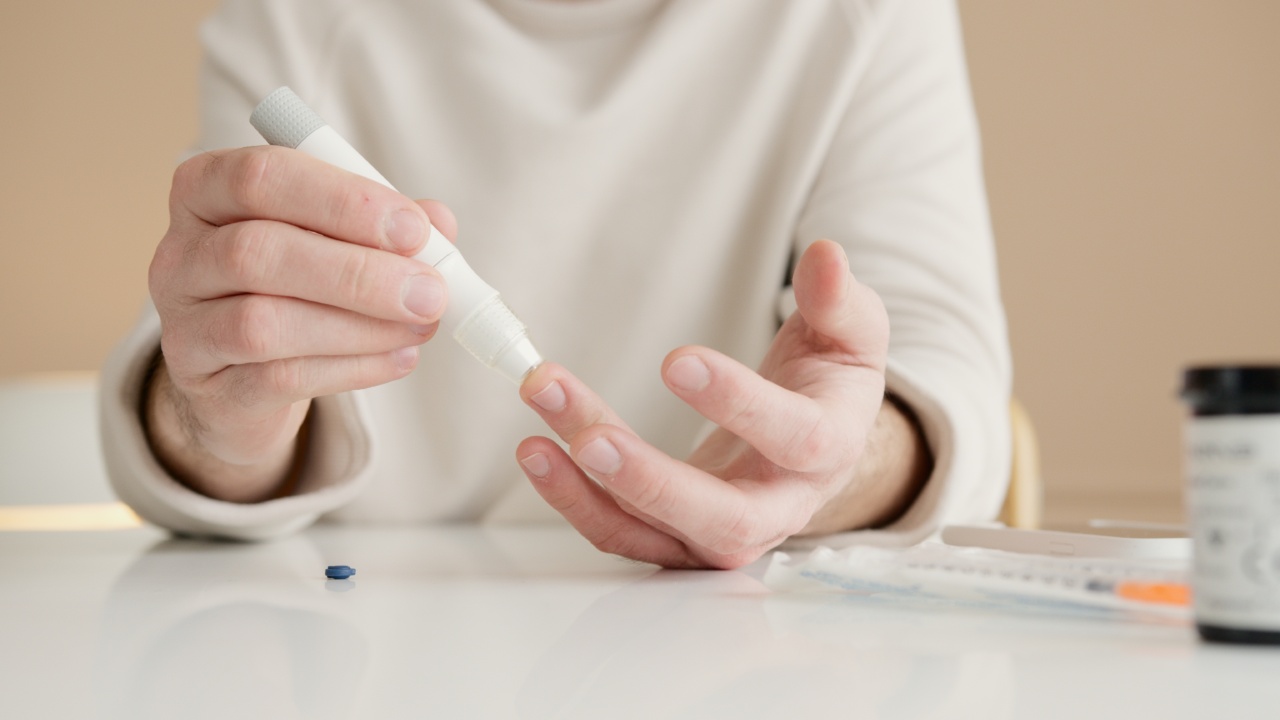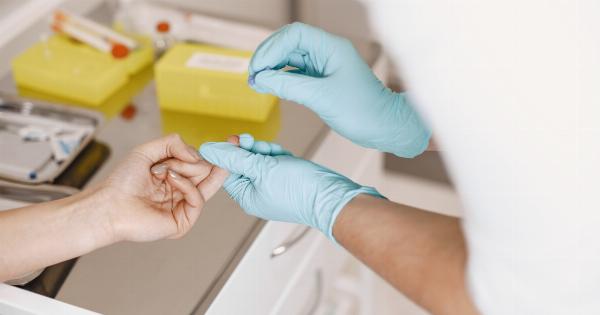The dawn phenomenon, also known as the dawn effect, is a natural rise in blood sugar levels that occurs in people without diabetes, as well as in those with diabetes.
It happens in the early morning hours and is caused by changes in hormones that control glucose levels. For people with diabetes, this can be a problem as higher than normal blood sugar levels can cause short-term symptoms and long-term complications.
In this article, we’ll look at some ways to manage the dawn phenomenon and control blood sugar levels in the morning.
What is the Dawn Phenomenon?
The dawn phenomenon is the natural rise in blood sugar levels that occurs around 4 a.m. to 5 a.m. in the morning for people without diabetes.
This is caused by the release of hormones such as cortisol, growth hormone, and adrenaline which signal the liver to release stored glucose into the bloodstream. The glucose is needed to fuel the body’s early morning activities and get it ready for the day. In people with diabetes, this hormonal response can cause blood sugar levels to spike higher than normal and stay elevated throughout the morning.
Symptoms of the Dawn Phenomenon
For people with diabetes, the dawn phenomenon can cause symptoms such as:.
- Feeling tired or sluggish upon waking up
- Inability to concentrate
- Feeling thirsty or dehydrated
- Headaches
- Blurry vision
Long-term consequences of prolonged high blood sugar levels include diabetic retinopathy, nephropathy, neuropathy, and cardiovascular disease.
How to Manage the Dawn Phenomenon?
There are several ways to manage the dawn phenomenon and control blood sugar levels in the morning. These include:.
1. Adjust your medication
If you are on medication to control your blood sugar, talk to your doctor about adjusting the timing or dosage of your medication to better manage the dawn phenomenon. Some medications may be more effective when taken at night or closer to bedtime.
2. Eat a low-carbohydrate dinner
Eating a low-carbohydrate dinner can help reduce blood sugar spikes in the morning. Carbohydrates are broken down into glucose which can raise blood sugar levels.
Eating a meal that is higher in protein and healthy fats can help stabilize blood sugar levels overnight.
3. Cut down on caffeine
Caffeine can increase the release of cortisol, a hormone that can raise blood sugar levels. Avoiding or limiting caffeine intake can help reduce the dawn phenomenon.
4. Stay hydrated
Drinking water before bed and upon waking up can help reduce the dawn phenomenon. Staying hydrated can also help flush out excess sugar in the urine, reducing blood sugar levels.
5. Get enough sleep
Lack of sleep can affect the body’s response to insulin, causing blood sugar levels to be higher in the morning. Getting enough sleep can help reduce the dawn phenomenon and improve overall blood sugar control.
6. Exercise
Regular exercise can help improve insulin sensitivity and lower blood sugar levels in the morning. It’s best to exercise in the evening or at night to help reduce the dawn phenomenon.
7. Test your blood sugar regularly
Testing your blood sugar regularly can help you identify patterns in your blood sugar levels and make adjustments to your medication or lifestyle to better manage the dawn phenomenon.
8. Don’t skip meals
Skipping meals can cause blood sugar levels to fluctuate and make it harder to control the dawn phenomenon. Eating regular, balanced meals throughout the day can help keep blood sugar levels stable.
9. Work with a healthcare professional
If you are having trouble managing the dawn phenomenon, work with a healthcare professional such as a diabetes educator or endocrinologist. They can help you develop a management plan that works for you.
Conclusion
The dawn phenomenon is a natural rise in blood sugar levels that can be challenging to manage for people with diabetes.
By making some lifestyle changes such as adjusting medication, eating a low-carbohydrate dinner, limiting caffeine, staying hydrated, getting enough sleep, exercising regularly, testing blood sugar levels, eating regular meals, and working with a healthcare professional, it is possible to better manage blood sugar levels in the morning and reduce the risk of complications in the long term.



























